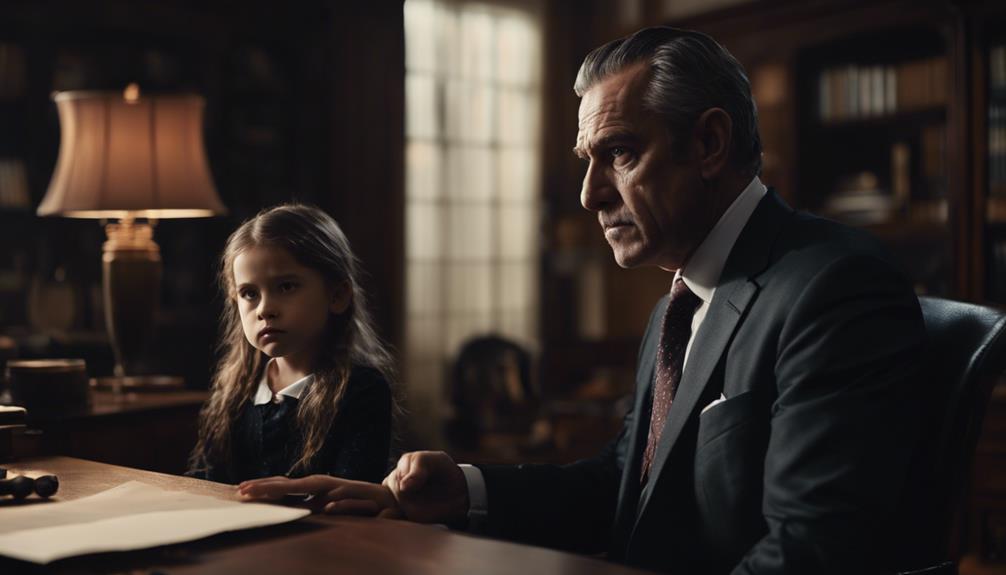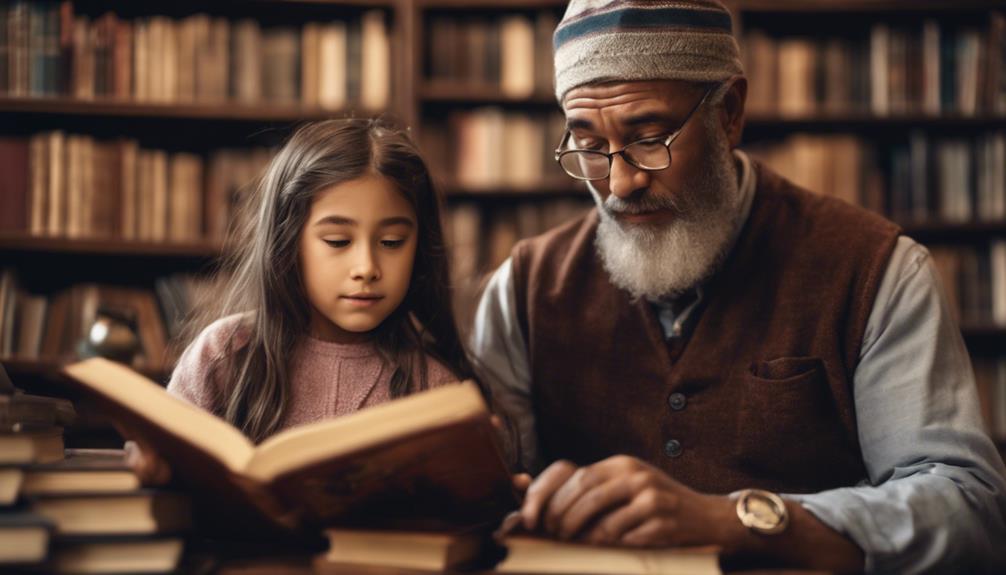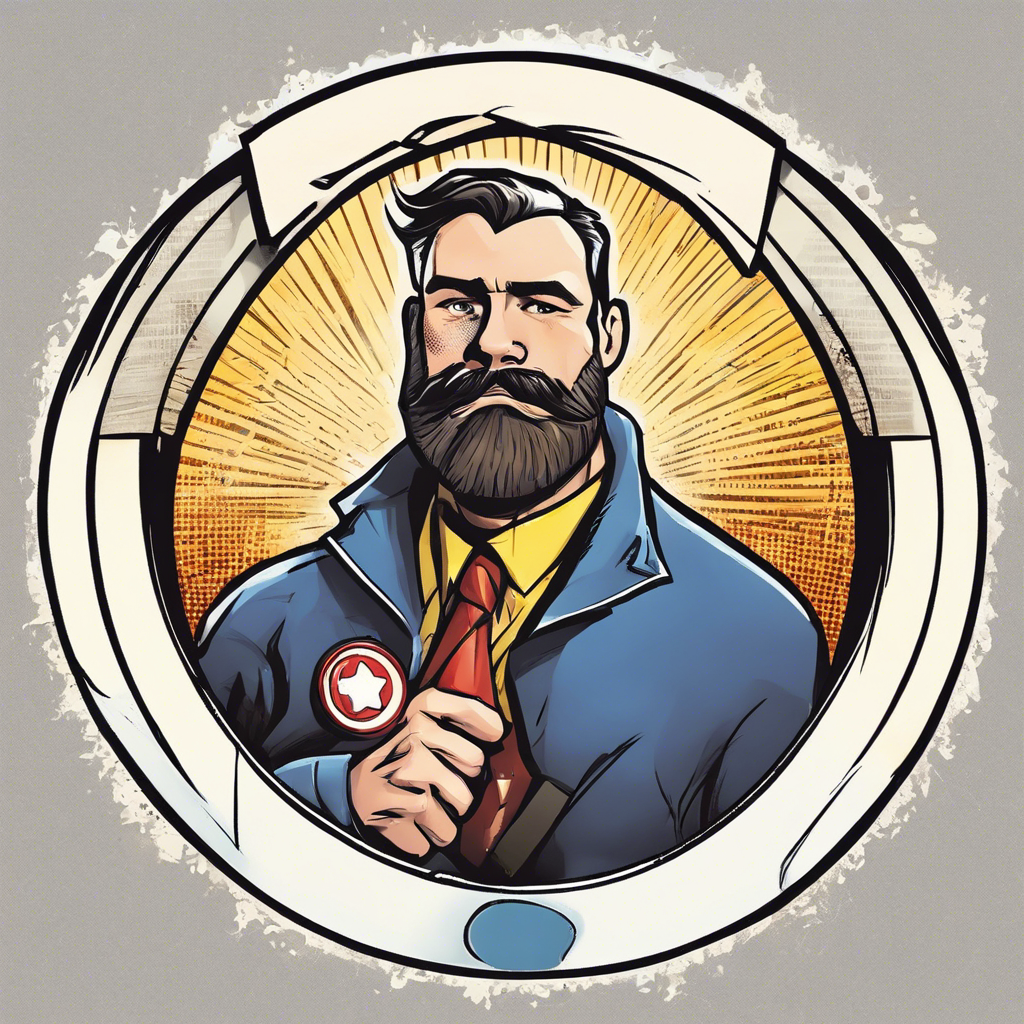Ever noticed how the stories we tell shape us? It’s fascinating.
I’m here sharing on Modern Dads because, as a stay-at-home dad, I’ve seen firsthand how the tales of old don’t quite fit the mold anymore. Gone are the days of distant, all-knowing fathers in literature. Now, we’re seeing real, flawed, and deeply caring dads, like Atticus Finch in ‘To Kill a Mockingbird,’ who set a new standard for what it means to be a father to a daughter. It’s this shift—this breaking away from stereotypes—that I’ve lived, and it’s reshaped my understanding of fatherhood.
A Day in the Life: Being a Modern Dad
Just last week, my daughter Emily, who’s 8, and I were huddled over her history project. The task was simple: trace your family tree. But as we delved into stories of our ancestors, I saw a spark in her eyes. It was more than just an assignment; it was a journey into who we are.
Here, in our living room in Austin, Texas, history was not just being learned but lived. It hit me then—the profound connection literature offers us, mirroring the evolving bond I share with Emily.
It’s these moments that remind me why breaking the mold and embracing the nuances of modern fatherhood isn’t just necessary; it’s transformative.
Traditional Father-Daughter Relationships in Classic Literature

In classic literature, father-daughter relationships are often portrayed as integral to the development of the female characters, shaping their identities and influencing their actions significantly. These portrayals delve deep into the dynamics of paternal authority and the complexities of familial connections. The presence of a father figure exerts a powerful influence on the lives of these female characters, dictating their choices and molding their perceptions of the world around them.
The concept of paternal authority is a recurring theme in classic literature, where fathers are depicted as figures of power and control within the family unit. Their influence extends beyond mere discipline, encompassing the shaping of their daughters’ beliefs, values, and aspirations. Through this lens, the father-daughter relationship serves as a microcosm of societal expectations and gender roles prevalent during the time of the literary work.
Here are five famous father-daughter bonds in literature:
- Atticus Finch and Scout Finch in Harper Lee’s “To Kill a Mockingbird”: Atticus Finch is a principled lawyer and single father to Scout and Jem Finch. He imparts wisdom, moral guidance, and empathy to Scout, shaping her understanding of justice and compassion in the racially charged environment of 1930s Alabama.
- Prospero and Miranda in William Shakespeare’s “The Tempest”: Prospero, the exiled Duke of Milan, and his daughter Miranda have a close and tender relationship. Despite their isolation on a remote island, Prospero educates Miranda and nurtures her, ultimately guiding her toward self-discovery and independence.
- King Lear and Cordelia in William Shakespeare’s “King Lear”: King Lear’s relationship with his youngest daughter, Cordelia, is one of the most poignant father-daughter bonds in literature. Cordelia’s unwavering love and honesty stand in stark contrast to Lear’s other daughters’ flattery, highlighting the themes of betrayal and redemption.
- Nathan Price and Rachel Price in Barbara Kingsolver’s “The Poisonwood Bible”: Nathan Price is a strict and authoritarian father who takes his family to the Belgian Congo on a missionary trip. Despite their tumultuous relationship, Rachel Price struggles to find her own identity and voice amidst her father’s domineering presence.
- Mr. Bennet and Elizabeth Bennet in Jane Austen’s “Pride and Prejudice”: Mr. Bennet is a witty and cynical father to Elizabeth Bennet, the novel’s protagonist. Their bond is characterized by mutual understanding, humor, and affection, as Mr. Bennet appreciates Elizabeth’s intelligence and independent spirit.
These father-daughter bonds in literature showcase the complexity and depth of familial relationships, portraying the ways in which fathers influence their daughters’ lives and vice versa, shaping their identities, beliefs, and journeys throughout the stories.
Evolving Portrayals of Modern Father Figures
Modern literature has seen a shift towards more nuanced and diverse portrayals of father figures, reflecting changing societal norms and values surrounding paternal roles and relationships.
In contemporary influences, authors are breaking away from traditional patriarchal norms that dictated strict, distant father figures. Instead, they’re presenting fathers who are more emotionally connected to their daughters, challenging conventional gender roles and fostering deeper emotional bonds. These modern father figures are depicted as actively involved in their daughters’ lives, supporting their aspirations, and showing vulnerability and empathy.
This shift in narrative offers a refreshing perspective on father figures, paving the way for more authentic and relatable portrayals in contemporary storytelling.

The evolving portrayals of modern father figures in literature reflect a profound impact of cultural shifts on father-daughter dynamics, showcasing a departure from traditional norms towards more emotionally connected and supportive paternal roles. In contemporary literary works, fathers are often depicted as more involved in their daughters’ lives, breaking away from the distant and authoritarian figures of the past. This shift can be attributed to intergenerational influences and changing perceptions of gender roles.
Breaking Stereotypes: Unconventional Father-Daughter Bonds
Amidst the evolving landscape of literature, unconventional father-daughter bonds challenge ingrained stereotypes, offering nuanced portrayals that defy traditional familial expectations. These portrayals go beyond the conventional roles assigned to fathers and daughters, challenging norms and redefining roles within the family dynamic.
In these narratives, fathers aren’t always portrayed as authoritarian figures, but rather as nurturing and supportive, breaking away from the stereotype of the distant or overbearing father. Daughters, on the other hand, are depicted as independent, strong-willed individuals who forge unique connections with their fathers based on mutual respect and understanding.

Father-daughter connections are being reimagined, moving away from one-dimensional depictions towards multifaceted and dynamic relationships. Future perspectives on fatherhood in literature are leaning towards authenticity and inclusivity, embracing the diverse experiences and roles fathers play in their daughters’ lives. As readers crave more depth and authenticity in storytelling, authors are likely to continue pushing boundaries and challenging established norms when it comes to portraying fatherhood in books.
In literature, these bonds often emphasize emotional depth and vulnerability, while sci-fi explores fatherson bonds through thrilling adventures, creating an element of scifi father-son bonds exploration.
Regardless of the gender dynamics, both narratives showcase the enduring power of family relationships and the impact they have on characters and their journeys.
Conclusion
In the world of books, the way dads and daughters get along keeps changing. It’s like watching a plant grow in fast-forward. This shift reflects what’s happening in our own lives, making stories richer and more relatable.
I’m curious about your experiences with father-daughter relationships, either from your life or your favorite books. Drop a comment below and let’s chat.
Also, if you enjoyed this snippet, please share it on social media to help our blog, Modern Dads, reach more readers.


Leave a Reply